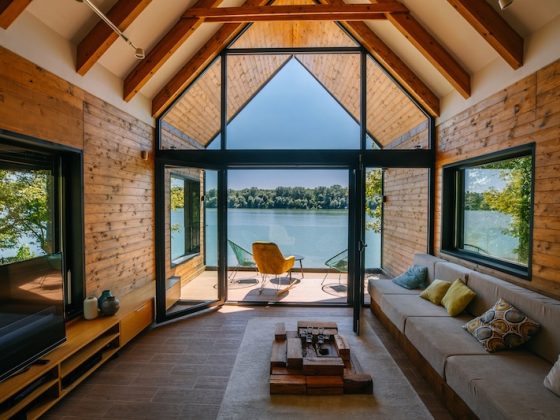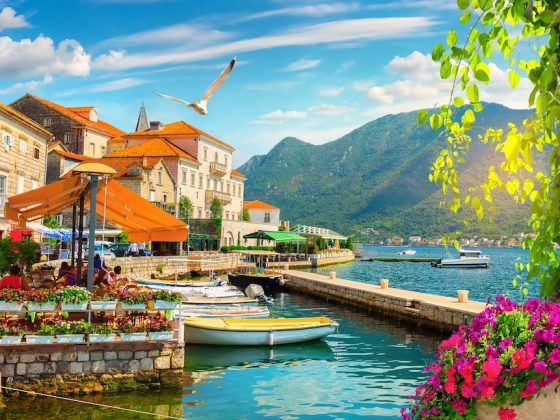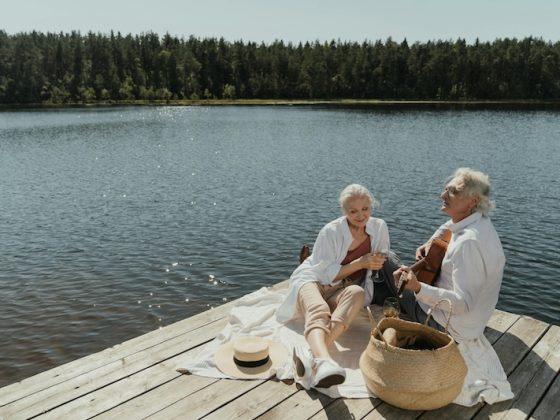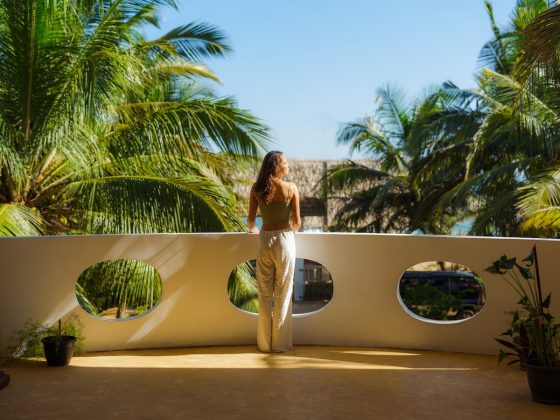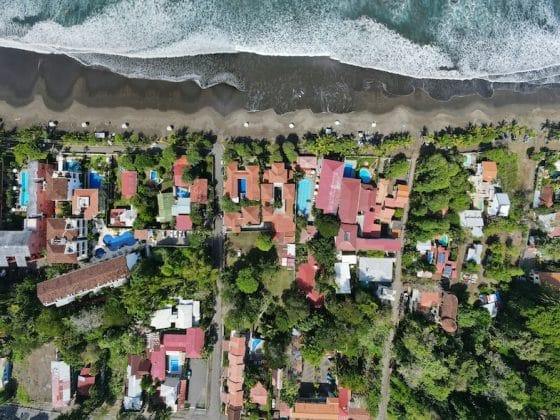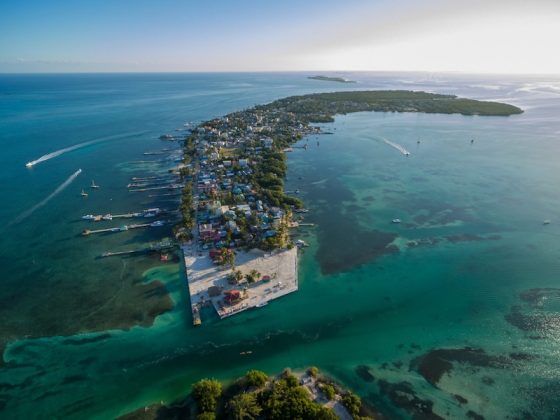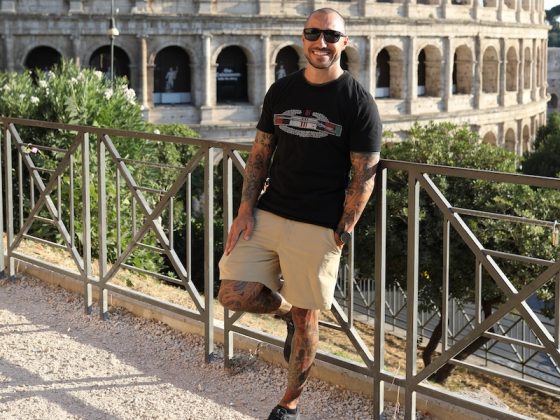In the public eye, Colombian coffee is so well known that many people think it actually originated here. In fact, coffee commerce came relatively late to this NW corner of South America and here, as with so many other places around the world, this new crop was introduced by missionaries.
Some two hundred years after the Spanish Conquest, Jesuit priests introduced coffee trees to their mission gardens to have coffee for their own consumption. This coincided with the French introduction of coffee into the island of Martinique in the Caribbean in 1723. About ten years later in 1732, while coffee growing was being introduced on Jamaica, a limited production was started around the city of Popayán in the southern Colombian Andes.
By 1741 Jesuits brought coffee from neighboring Venezuela and started plantations in the Sierra Nevada Mountains near the north coast port of Santa Marta. All these early efforts by missionaries produced coffee only for local consumption as Colombia had no infrastructure, few roads and no stable government.
In 1819 a rebellion led by Simon Bolivar, liberated Colombia from Spanish rule. Even with independence, Colombia was still so divided by social factions that by 1900 it had already survived eight civil wars. Somehow during this tumultuous period, coffee became commodity. By the 1830s coffee production was becoming more popular and minor exportation began. Fifty years later in 1880 some 100,000 bags of coffee were being exported annually. This was no small task considering that between 1868 and 1885 some fifty insurrections were reported, yet during this chaotic period of political unrest coffee became an important cash crop.
There are two minor interventions that helped the fledgling industry get off the ground. First, Simon Bolivar’s government enacted a prohibition on coffee imports to Colombia. Secondly, the exclusion of plantation taxation by the Catholic Church encouraged production.
The first coffee cultivation in the New World started in the Caribbean.
Coffee originated in Africa and the Arabians were the first to cultivate it commercially. In 1714 a Mr. Brancas, mayor of Amsterdam gifted a botanical specimen of Coffea arabica var. Typica, to the Royal Botanical Garden in Paris. In 1720 a French military officer collected seedlings from the gardens and brought them to the island of French Martinique in the Caribbean, establishing the first coffee industry in this part of the world. Seedlings from that island were subsequently introduced to Venezuela on mainland South America, from which offspring were dispersed to the Andes of Colombia in the early eighteen hundreds. All original coffee in the New World was variety Typica progeny of that Dutch gift back in 1714.
Even under the best of conditions good coffee is difficult to produce. It takes several generations to achieve perfection. Colombia was one of the earliest nations to develop a “coffee culture” just as China developed a sophisticated tea culture.
Many nations now grow coffee, but for the Colombians it became a passion and way of life. This is brought home by the fact that any Colombian grower would be ashamed to bring a sub-standard product to market. He would incur pity from his neighbors and ridicule from coffee buyers. Colombians take coffee production very seriously to the point that the Colombian Coffee Federation (founded 1927) forbids the export of any sub-standard coffee.
Colombia’s geography is key to several factors regarding production and quality.
Even though the equator crosses southern Colombia, the main coffee producing areas lie between one degree north of the equator to ten degrees north. Colombia is flanked by the Pacific Ocean on the west and the Caribbean to the north. Farms are influenced by the tropical trade winds that flow from the southwest on the Pacific side and from the northeast on the Caribbean side. This particular location can give two separate influences and varied climatic conditions across the country.
There are three soaring mountain ranges that traverse Colombia from south to north with breathtaking valleys between. Coffee grows on both the western and eastern slopes of these mountains between the elevations of three to seven thousand feet. The complexity of this terrain and its varied climates produces thousands of microclimates that result in flowering somewhere in the coffee zones throughout the year.
One of the main factors determining harvest periods is related to altitude. The lower altitudes are warmer and it gets cooler as you climb. Six to seven thousand feet is about as cool as coffee likes. In warmer lower altitudes the coffee will mature in about six months from flowering. At six thousand feet, in the cooler climate it can take nine months. The slower maturing produces the more intense and flavorful tasting coffee.
Flowering generally follows the two dry spells experienced each year. Because Colombia is basically equatorial, it experiences two summers and two winters each year. In any one year the sun will be directly overhead twice, once in March and again in September. In the northern and southern hemispheres these dates are observed as the equinoxes.
The two equinoxes coincide with Colombia’s dry periods that pass for summers or veranos. When the sun is far south during North America’s winter in December, Colombia experiences one of its annual wet spells that is considered winter or invierno. North America’s summer in June signals the second wet spell in Colombia. Colombian seasons are determined only by precipitation in as much as the temperature fluctuates only five degrees above or below normal throughout the year. Day length changes little on the equator.
Colombian farms are located between 3000 to 6000 feet elevation, some with western exposure and some eastern, which makes possible flowering in one region and harvesting in another. Because the regional climates are also subject to elevation, the yields of two annual harvest periods vary greatly. Each season is influenced by different cycles of precipitation and also by different cycles in the number of days of sunshine and overcast.
Because one winter period of the year is always wetter than the other, one harvest period yield is usually greater than the other. The larger crop is referred to as the main crop and generally accounts for 60 to 80% of the annual production.
The secondary crop (mitaca or fly crop) constitutes the other 20 to 40% even though many areas can actually harvest year round. Because there is fruit of all stages of ripeness on the tree at the same time, picking is arduous and slow, as it requires great care.
There are thirteen Departmentos of the country from which coffee is secured and of these, eleven have the “atraviesa” (cross-over) or secondary harvest. Ecological conditions vary so greatly in Colombia that there is coffee being harvested somewhere in Colombia, every month of the year. In fact some regions will have a trickle of ripe cherries all year round, this is called pepeo.
This article was kindly provided by Mr. Robert Barker. Mr. Barker has over 35 years experience in all fields of Commercial and Specialty Coffee. Starting in 1976 as a coffee producer in Colombia, green buyer for several roasting companies, green coffee importer and trader and most recently coffee production consultant and QA manager in Papua New Guinea. Mr. Barker has contributed essays to trade journals on the subjects of coffee grading, cupping and roasting. He has served for a number of years on the arbitration panel for the Specialty Coffee Association of America and on the cupping panel of The Coffee Review.
For further information on importing/exporting Colombian coffee or to reach Mr. Barker, please contact us through the form below.
Contact Author
"*" indicates required fields
Stay Ahead on Every Adventure!
Stay updated with the World News on Escape Artist. Get all the travel news, international destinations, expat living, moving abroad, Lifestyle Tips, and digital nomad opportunities. Your next journey starts here—don’t miss a moment! Subscribe Now!
